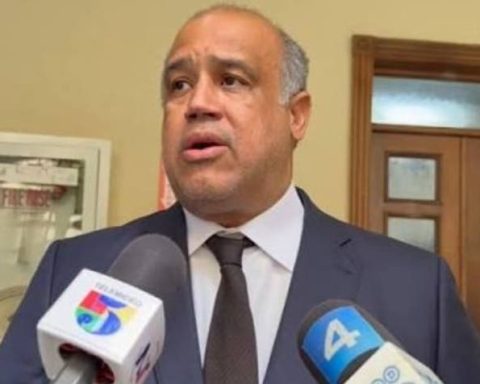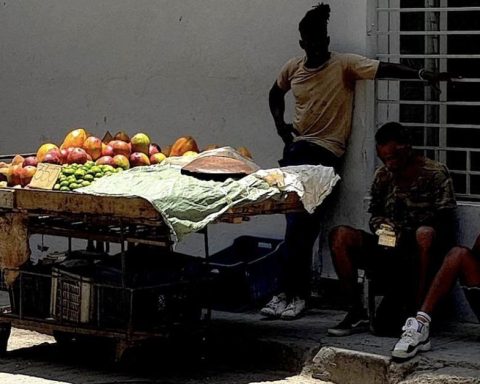Although since November of last year the central bank has ordered seven increases in the monetary policy interest rate that have more than doubled it, from 3.00 percent to 7.75 percent, can it be said that the upward trend has come to an end or is there room for new raises?
No one can guarantee that the rate increases they have finished and on the contrary, there are possibilities that the Central Bank decides on other increases. For two reasons: first, the year-on-year inflation rate as of July reached 9.48 percent, which means that there is still a long way to go in the fight against this scourge, despite expectations that it will begin to decline (the International Monetary Fund projects inflation of 8 percent at the end of 2022 and 4.5 percent at the end of 2023).
Secondly, it expects new increases in interest rates from the Federal Reserve, which has a great impact on the movement of capital in the Dominican Republic, to deal with inflation in the United States, which continues to be the great focus of concern in that nation as in June showed an increase of 9.1% compared to the previous year, the fastest annualized rate since 1981.
Can read: Central Bank: average year-on-year growth was 5.6% for January-June 2022
In this environment, the Fed reiterates its commitment against inflation as a priority and anticipates “expeditious” increases in interest rates to bring prices down. It maintains the narrative that a soft landing for the economy is “challenging” but possible, although it warns that the risks of recession are increasing. In its last meeting on June 15, it raised rates by 75 basis points to the 1.50%/1.75% range and significantly raised forecasts for rate hikes in 2022 and 2023. The dot plot points to further hikes in 2022 to the range 3.25%/3.5% and 3.50%/4.0% in 2023. Other estimates are even more pessimistic than the Federal Reserve projections and foresee additional increases of 200 basis points until the end of the year up to the 3.50%/3.75% range.
There is no doubt that, given this scenario, the Central Bank of the Dominican Republic would be forced to order other increases in the monetary policy rate to reduce the risk of volatility in the country’s financial markets and ensure the stability of the exchange rate, which has been the great success of the monetary policy, with which it has avoided additional inflationary prices to those that have been generated in the international environment.
Nobody doubts that if instead of appreciating, the local currency had depreciated during the crisis generated by the pandemic and the war in Ukraine, the inflationary pressures would have been worse.


















